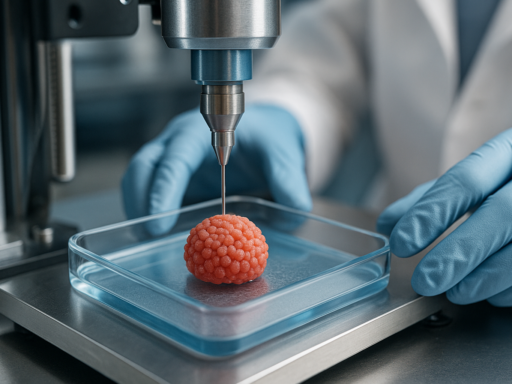In what’s hailed as a groundbreaking stride in sustainable water treatment, the University of California San Diego has introduced a 3D-printed “living material” designed to efficiently purify polluted water. A confluence of polymer science and cutting-edge genetic engineering, this innovation signals a transformative approach to environmental remediation.
Crafted with a seaweed-based polymer and bacteria genetically modified to produce decontaminating enzymes, this material can turn pollutants into harmless molecules. What sets this solution apart is its in-built obsolescence: the bacteria are engineered to self-destruct upon exposure to theophylline, a molecule commonly found in tea and chocolate, ensuring their elimination post-purification.
Jon Pokorski, a nanoengineering professor at UC San Diego, commented on the project’s novelty, emphasizing the amalgamation of synthetic material with biological systems to yield a ‘living’ solution responsive to environmental stimuli.
To optimize the bacteria’s efficiency, researchers chose a grid-like 3D-printed structure, which grants the bacteria optimal access to essential nutrients, gasses, and light. Notably, this design boasts a high surface area, enhancing its purification capacity.
In proof-of-concept tests, the material successfully decontaminated water tainted with the dye-based pollutant indigo carmine, a staple in denim production. Moreover, to address potential environmental concerns, researchers designed the bacteria to self-destruct, eliminating any traces of genetically modified organisms.
The team, comprising experts from the UC San Diego Materials Research Science and Engineering Center (MRSEC), is optimistic about this pioneering approach. As Pokorski encapsulated, such advancements underscore the power of interdisciplinary collaboration in forging solutions that marry materials and biological sciences.






We’ll guide you through the process, from design to
construction and final walkthrough, ensuring you’re delighted
with the result. Let us help you transform your home into the space you’ve always wanted
with our complete home addition and renovation services.